How To Shoot Cinematic Video With Gimbal?
To shoot cinematic video with a gimbal, it's important to focus on smooth and steady movements. Start by balancing the gimbal properly to ensure stability. Use slow and controlled movements to create cinematic shots, such as panning and tracking shots. Pay attention to composition and framing to capture visually appealing scenes. Additionally, consider using different shooting modes on the gimbal to add variety to your footage, such as follow mode or lock mode. Experiment with different angles and perspectives to add depth to your shots. Lastly, practice and patience are key to mastering the art of shooting cinematic video with a gimbal.
1、 Camera Settings
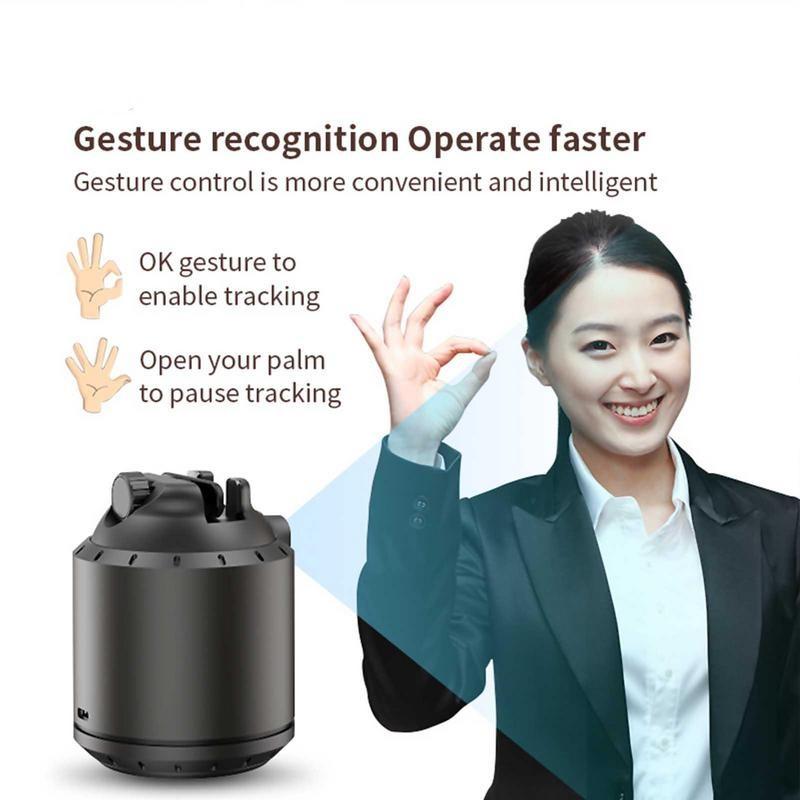
Certainly! Here's how to shoot cinematic video with a gimbal:
1. Balance the Gimbal: Before you start shooting, make sure your gimbal is properly balanced to ensure smooth and stable footage.
2. Plan Your Shots: Think about the story you want to tell and plan your shots accordingly. Consider the composition, framing, and movement of the camera to create visually appealing sequences.
3. Use Manual Focus: To have more control over your shots, consider using manual focus instead of autofocus. This will allow you to maintain consistent focus throughout your shots.
4. Slow and Steady Movements: When using a gimbal, it's important to move the camera slowly and steadily to create a cinematic look. Avoid jerky movements and instead focus on smooth, fluid motions.
5. Utilize Different Angles: Experiment with different angles and perspectives to add depth and visual interest to your footage. This can include low-angle shots, high-angle shots, and creative camera movements.
6. Pay Attention to Lighting: Good lighting is crucial for cinematic video. Pay attention to the quality and direction of light to create a visually appealing look.
Camera Settings:
1. Frame Rate: Consider shooting at a higher frame rate, such as 24 or 30 frames per second, to achieve a cinematic look. This will give your footage a more natural and cinematic motion blur.
2. Shutter Speed: Set your shutter speed to be double your frame rate to achieve the right amount of motion blur. For example, if you're shooting at 24 frames per second, set your shutter speed to 1/48 or 1/50.
3. Aperture: Use a wide aperture to achieve a shallow depth of field, which can help create a more cinematic look by isolating your subject from the background.
4. White Balance: Set your white balance manually to ensure consistent color temperature throughout your footage.
5. Picture Profile: Consider using a flat or log picture profile to capture more dynamic range, allowing for greater flexibility in color grading during post-production.
From the latest point of view, advancements in gimbal technology have made it easier than ever to achieve professional-looking cinematic footage. With features like intelligent tracking, motion timelapse, and advanced stabilization algorithms, modern gimbals offer filmmakers a wide range of creative possibilities. Additionally, many gimbals now come with companion mobile apps that provide intuitive controls and customization options, further enhancing the shooting experience. As technology continues to evolve, filmmakers can expect even more innovative features and improvements in gimbal technology, making it an essential tool for capturing cinematic video.
2、 Gimbal Balancing
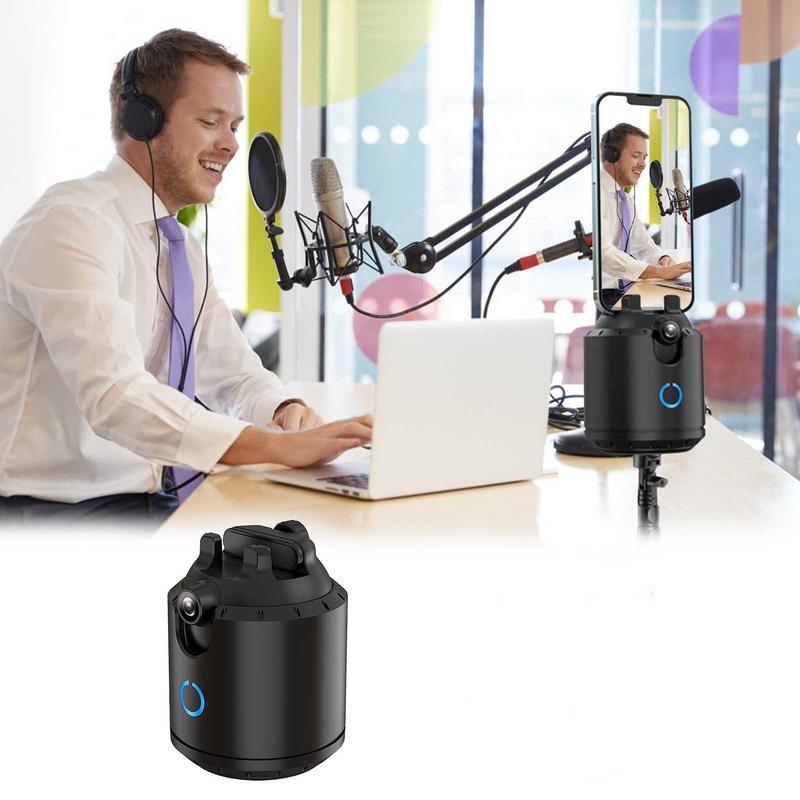
"Gimbal Balancing" is a crucial step in shooting cinematic video with a gimbal. Proper balancing ensures smooth and stable footage, allowing you to capture professional-looking shots. Here's how to shoot cinematic video with a gimbal:
1. Balance the gimbal: Start by mounting your camera on the gimbal and adjusting the balance along the roll, pitch, and yaw axes. This step is essential for the gimbal to work effectively and minimize motor strain.
2. Set up your camera settings: Adjust your camera settings to achieve the desired cinematic look. This may include setting the appropriate frame rate, shutter speed, and aperture for your specific shooting conditions.
3. Plan your shots: Before shooting, plan your shots carefully to ensure that you capture the desired cinematic effect. Consider the composition, movement, and framing of each shot to create visually compelling footage.
4. Use smooth movements: When operating the gimbal, focus on making smooth and controlled movements to maintain a cinematic look. Avoid jerky or abrupt motions that can detract from the overall quality of the footage.
5. Pay attention to lighting and composition: Consider the lighting and composition of your shots to enhance the cinematic feel. Utilize natural light or artificial lighting to create the desired mood and atmosphere.
6. Edit your footage: After shooting, edit your footage to further enhance the cinematic look. This may involve color grading, adding effects, and fine-tuning the overall visual aesthetic.
From the latest point of view, advancements in gimbal technology have made it easier than ever to achieve professional-looking cinematic footage. Many gimbals now come with advanced stabilization features, intelligent shooting modes, and smartphone app integration, allowing filmmakers to have more creative control over their shots. Additionally, the use of lightweight and compact gimbals has made it possible to capture cinematic video in various environments, including tight spaces and challenging shooting conditions. As technology continues to evolve, filmmakers can expect even more innovative features and capabilities to further enhance the cinematic shooting experience with gimbals.
3、 Smooth Movement Techniques
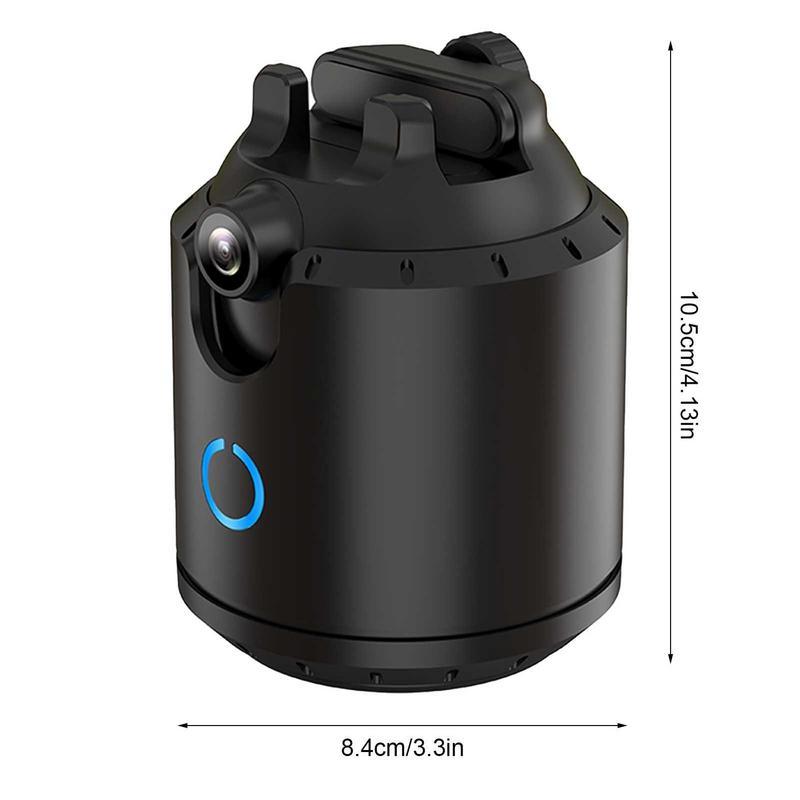
To shoot cinematic video with a gimbal, you can follow these smooth movement techniques:
1. Use slow and deliberate movements: When using a gimbal, it's important to move slowly and deliberately to achieve smooth and cinematic shots. Avoid jerky movements and instead focus on fluid motions to create a professional-looking video.
2. Utilize the gimbal's stabilization features: Most gimbals come with advanced stabilization features that help to eliminate shake and jitter from your footage. Take advantage of these features to ensure your shots are as smooth as possible.
3. Plan your shots in advance: Before you start shooting, take the time to plan out your shots and movements. Think about the story you want to tell and how the camera movement can enhance that narrative. This will help you create more purposeful and visually engaging footage.
4. Experiment with different angles and perspectives: Don't be afraid to get creative with your gimbal shots. Try shooting from different angles and perspectives to add visual interest to your video. This can help to create a more dynamic and engaging viewing experience for your audience.
5. Pay attention to composition: Composition is key to creating cinematic video. Pay attention to the framing of your shots and make sure that the elements within the frame are balanced and visually appealing.
From a latest point of view, advancements in gimbal technology have made it easier than ever to achieve smooth and cinematic shots. Many gimbals now come with intelligent features such as object tracking and motion timelapse, which can add a new dimension to your video production. Additionally, the integration of smartphone apps with gimbals has made it more convenient to control and customize the movement of the gimbal, allowing for greater creative freedom. As technology continues to evolve, we can expect even more innovative features to be integrated into gimbals, further enhancing the capabilities of filmmakers and content creators.
4、 Subject Framing
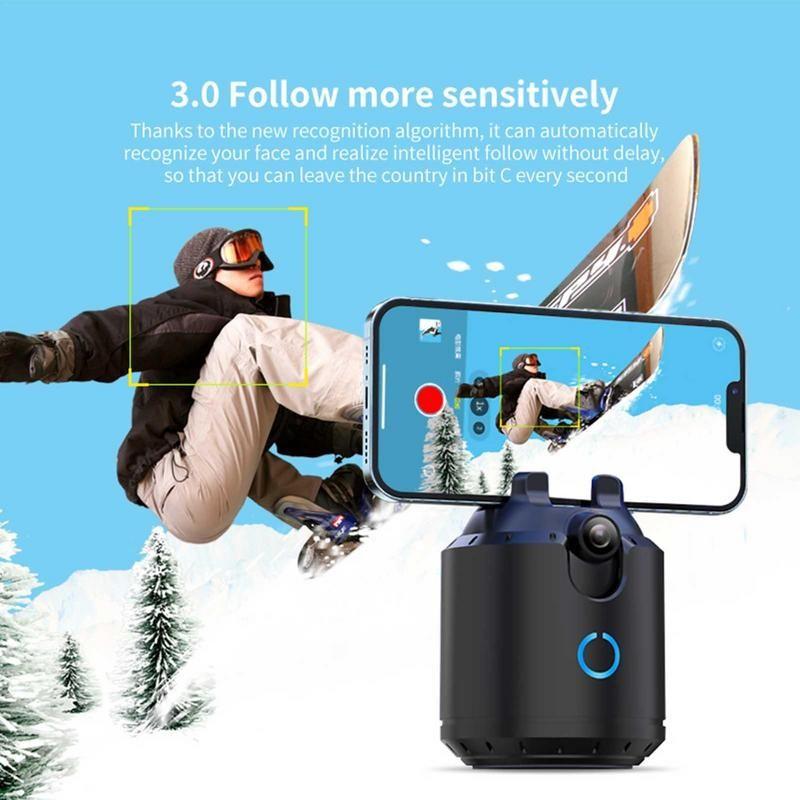
Subject Framing is a crucial aspect of shooting cinematic video with a gimbal. It involves positioning and framing the subject within the frame to create visually appealing and engaging shots. To achieve effective subject framing with a gimbal, consider the following steps:
1. Rule of Thirds: Position the subject off-center within the frame to create a more dynamic composition. This can add visual interest and balance to the shot.
2. Leading Lines: Utilize leading lines within the frame to draw the viewer's attention towards the subject. This can create a sense of depth and guide the viewer's eye through the shot.
3. Negative Space: Incorporate negative space around the subject to emphasize their presence and create a more visually striking composition.
4. Movement: Use the gimbal to smoothly track the subject's movement, maintaining a consistent framing while allowing for dynamic camera motion.
5. Latest Point of View: With the latest advancements in gimbal technology, consider utilizing features such as active tracking and intelligent subject recognition to enhance subject framing. These features can help maintain a consistent focus on the subject, even in dynamic shooting environments.
By implementing these techniques and leveraging the latest advancements in gimbal technology, you can elevate the quality of your cinematic video and create visually stunning shots with effective subject framing.

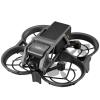

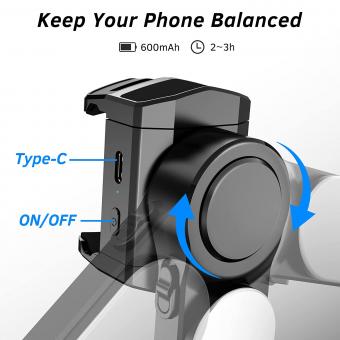


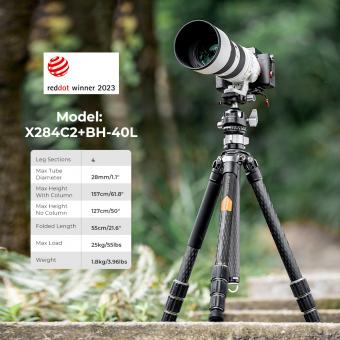
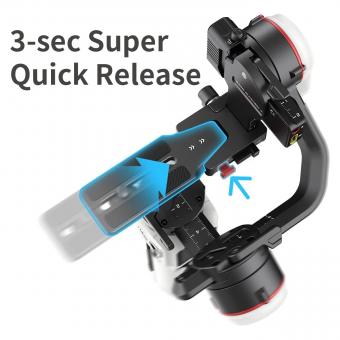



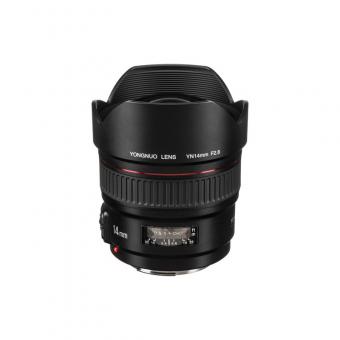
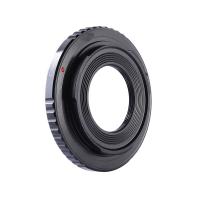

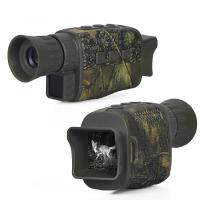

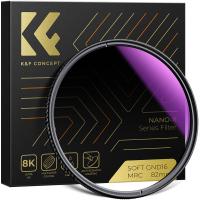
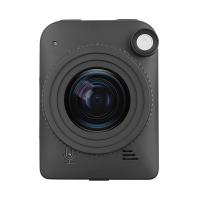





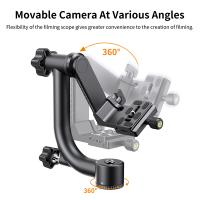


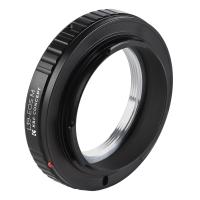
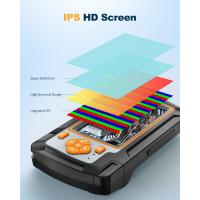
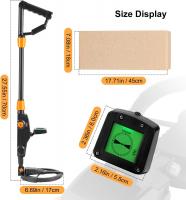
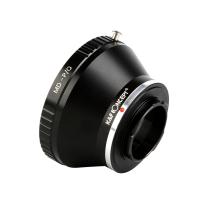

There are no comments for this blog.